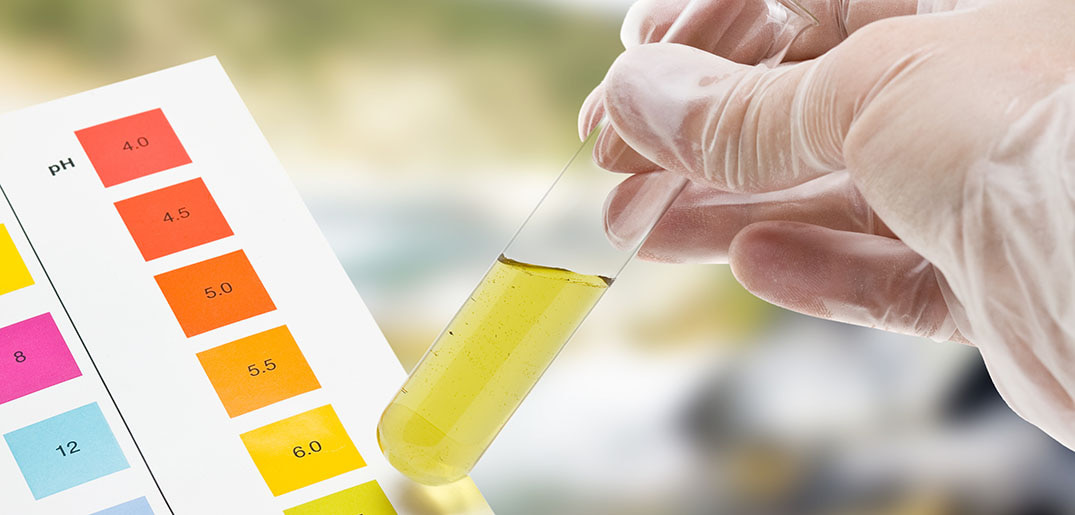A lot of pond owners have heard of the term “pH,” but many don’t know what it actually means. Below is a straightforward description of the term, how it affects your water quality, and why it is so important.
What Exactly Is pH?
The “p” stands for power, while the “H” represents the ion of hydrogen. When minerals dissolve within water its equilibrium will shift. If the level of hydrogen ions goes up, the water will become more acidic, and when they decrease it will become more alkaline. The scale used to measure pH is logarithmic, meaning that there is a change times 10 in either alkalinity or acidity for every one unit change in the pH level.
A lot of people misunderstand pH, especially in relation to koi ponds. For example, a lot of pond enthusiasts think that having a pH of seven is great, but this level is actually not suitable for the fish since there will be a deficiency in calcium or the buffering capacity. pH must therefore be measured in relation to the constituents within the water sample. In fact, pH is not as important as the water’s ionic content which gives rise to it. However, it becomes a major issue in extremes, and can spell trouble for a pond and all the animals that reside in it.
Low And High pH
When the pH is low the ammonia toxicity will also be low. This can occur due to the presence of carbon dioxide, which is produced by both plants and animals in the evening. It will dissolve in the water while producing carbonic acid. If higher pH water is suddenly added to the pond, there could be a corresponding increase in pH, which would then boost toxicity of all the ammonia that is present.
How Water Affects Fish
As fish move about in a pond (or any other body of water), the liquid will constantly rush or leak into them. It does this through their gills and skin, and it is the fish’s kidney which will push the water out. However, when low pH water is entering fish, this requires their bodies to fully mobilize its natural buffer to make sure the pH in their blood is sustained. It doesn’t take long for these to become exhausted, at which point the blood stream will suffer a phenomenon which is referred to as acidosis, a condition that if left untreated can rapidly become fatal.
Warning Signs Of Acidosis
Fish that are suffering from acidosis may display white haze on the skin, or the skin might start peeling. If either occurs you should immediately run a pH test and if the levels are found to be unsafe you should immediately perform a water change of fifty percent before taking any further actions. When water pH is too low, it will feel to the fish as if their skin is burning, which is not a nice sensation. It is a sign that the pond water has become too acidic.


 Blog
Blog



